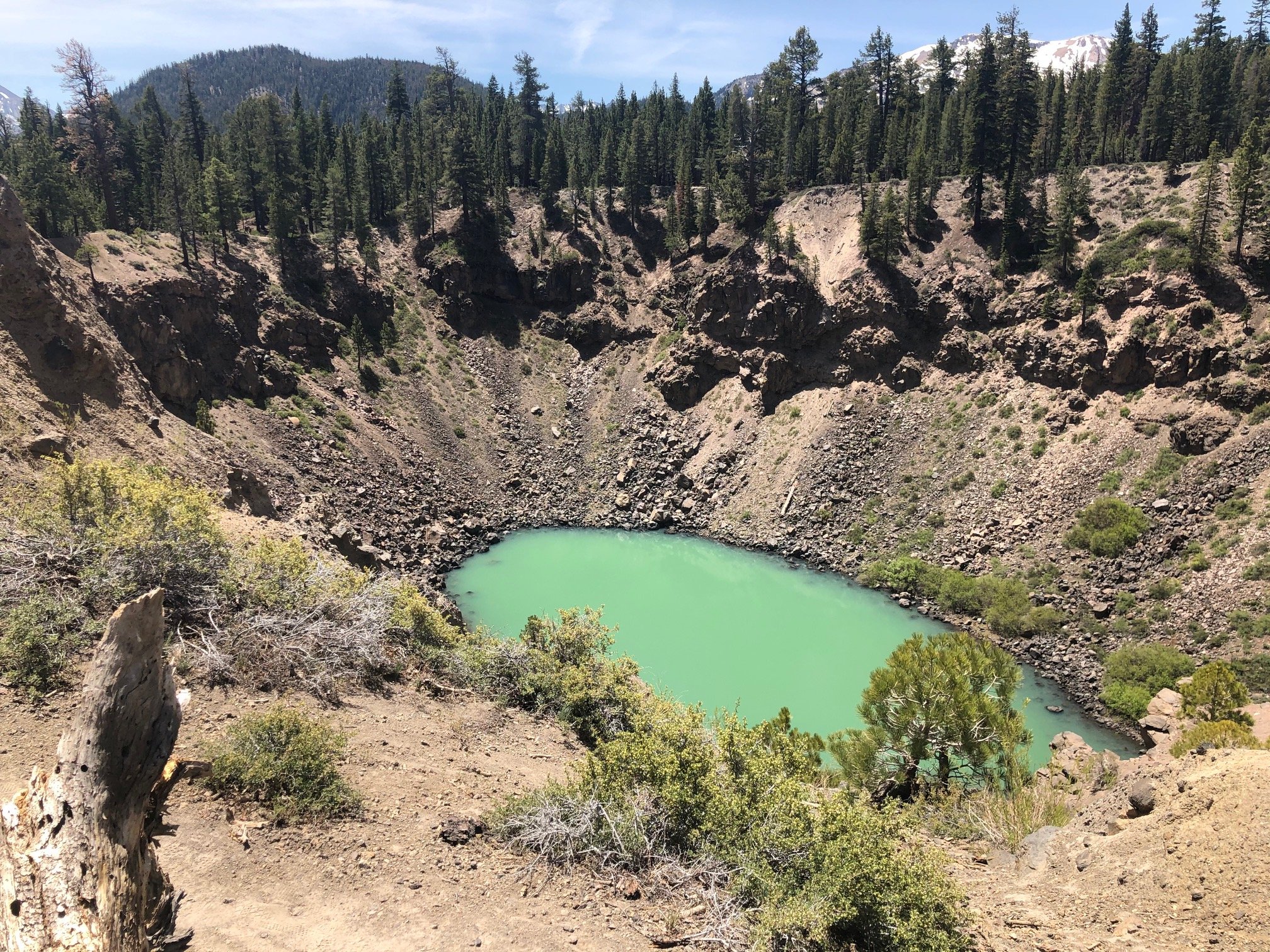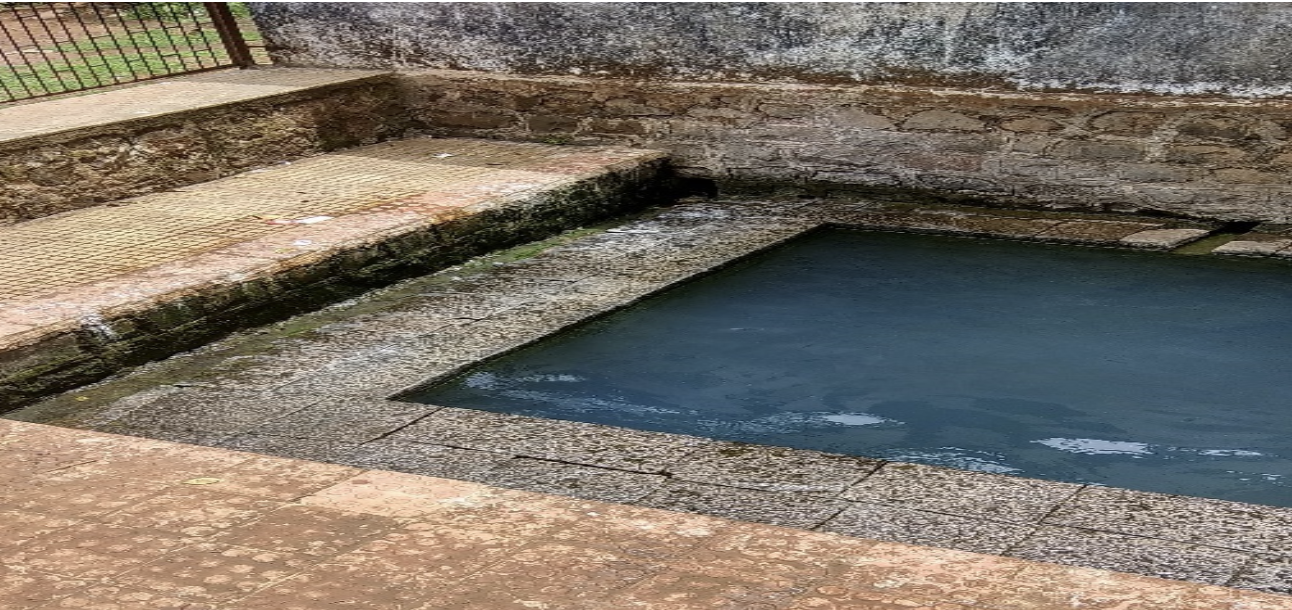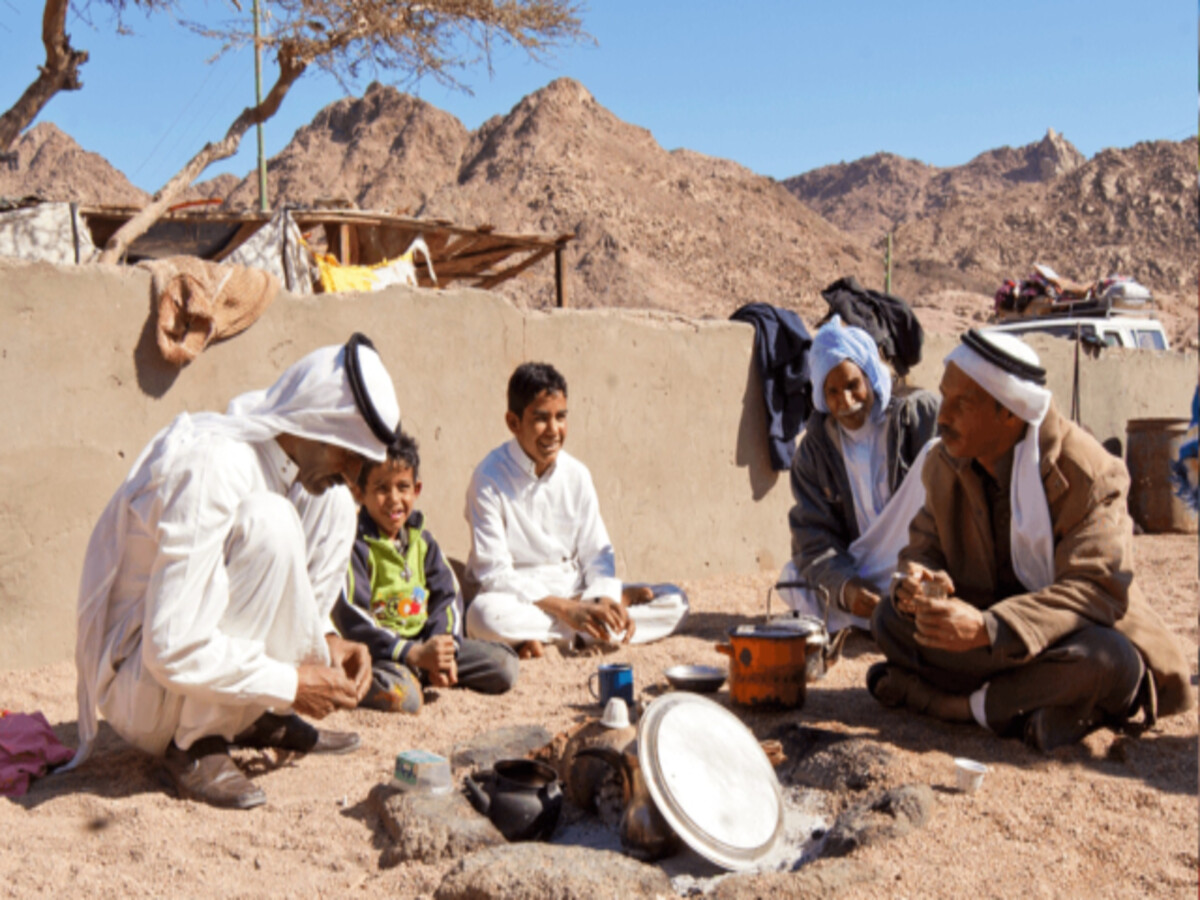
About Kasturi Cotton Bharat:
- It is a joint initiative by the Ministry of Textiles, the Cotton Corporation of India, Trade Bodies & Industry.
- Objective: To work on the principle of self-regulation by owning complete responsibility of Branding, Traceability and Certification of Indian Cotton to enhance its’ competitiveness in the global market and create a sustainable ecosystem for all stakeholders involved.
- The website provides a digital platform for necessary information and updates on this initiatives and highlights the registration process for ginners to produce Kasturi Cotton Bharat Brand.
- All the ginners in the country have been empowered to produce Kasturi Cotton Bharat brand as per stipulated protocol.
- Besides this, to provide complete traceability of Kasturi Cotton Bharat across the supply chain, QR based certification technology will be used at each stage of the processing and a blockchain based software platform will provide end to end traceability and transaction certificate.
- The Cotton Textiles Export Promotion Council (TEXPROCIL) the apex body has been designated as the implementing agency for Traceability, Certification and Branding of "KASTURI Cotton India".

About Long Valley Caldera:
- It is located in the Eastern Sierra Nevada Mountains of California, United States of America (USA).
- It is a dormant supervolcano.
- It was formed by a super-eruption about 760,000 years ago that blasted 140 cubic miles of magma, covering much of east-central California in hot ash that was blown as far away as present-day Nebraska.
- It has been unleashing earthquake swarms on a regular basis since 1978, raising concerns that it might be at risk of erupting.
What is Caldera?
- It is a depression created after a volcano releases the majority of the contents of its magma chamber in an explosive eruption.
- Without any structural support below, the land around the erupting volcanic vent or vents collapses inwardly, creating the bowl-shaped caldera.
- A caldera-causing eruption is the most devastating type of volcanic eruption.
- These are formed by the inward collapse of a volcano.
- Calderas may have parts of their sides missing because land collapses unevenly.
- Types of Calderas
- Crater-Lake Calderas: It is a result from the collapse of a stratovolcano after a Plinian eruption, the most explosive type of volcanic eruption.
- Plinian eruptions release massive amounts of lava, volcanic ash, and rocks.
- Shield Volcano Calderas: These calderas do not result from singular explosive eruptions.
- They instead subside in gradual stages, due to the episodic release of lava. This less-explosive release of lava, known as lava fountaining, is characteristic of shield volcanoes.
- As a shield volcano periodically releases lava, it produces nested or terraced depressions rather than a large bowl-shaped caldera.
- It is composed of dormant and active shield volcanoes.
- Resurgent Calderas: These are the largest volcanic structures on Earth.
- They are not associated with one particular volcano, but instead result from the widespread collapse of vast magma chambers.
- This caldera collapse is produced by incredibly destructive eruptions known as pyroclastic sheet flows, the likes of which have not occurred in historic times.

About Sporanaerobium hydrogeniformans:
- It is part of the Lachnospiraceae family, whose members are known as the most effective polysaccharide degraders due to their capacity to synthesise free or complicated hydrolytic enzymes.
- The structural elements of lignocellulosic agricultural wastes, cellulose and xylan, can be broken down by this bacterium.
- It can grow optimally at high temperatures of 45–50°C and an alkaline pH of 8.0.
- The bacteria may be a candidate for biohydrogen generation from agricultural leftovers in accordance with waste-to-energy legislation in India.
- The scientists found that the bacterium used the hexose and pentose sugars released during the hydrolysis of complex polymers like cellulose and xylan to make large amounts of hydrogen gas and byproducts including acetic acid, formic acid, and ethanol.
- It is known that very few bacteria can use the sugars hexose and pentose at the same time.
- Due to this characteristic, the bacterium is a crucial strain for the industrial generation of biofuels.
- These new bacteria possess a special metabolic route for converting a variety of simple and complex substrates into hydrogen and ethanol.
- Additionally, it emphasises the value of researching microbes in hostile habitats like hot springs, where rare and important species might be found.

Key findings of the International Migration Outlook 2023:
- India saw the highest migration flows to Organisation for Economic Co-operation and Development (OECD) countries in 2021 and 2022.
- In terms of nationalities, 0.13 million Indian citizens acquired the nationality of an OECD country in 2021.
- Inflows of refugees from Ukraine reached the highest level on record, OECD-wide, due to the ongoing Russia-Ukraine war; more than 10 million people have become either internally displaced or refugees in the OECD region.
- In terms of workers, migration flows from India (+172 percent), Uzbekistan (+122 percent), and Turkey (+240 percent) rose sharply, making them primary countries of origin after Ukraine.
Key facts about OECD
- It is an international organisation of 38 countries committed to democracy and the market economy.
- Its members are typically democratic countries that support free-market economies.
- It was established on December 14, 1960, by 18 European nations, plus the United States and Canada.
- Goal: To shape policies that foster prosperity, equality, opportunity, and well-being for all.
- It publishes economic reports, statistical databases, analyses, and forecasts on the outlook for economic growth worldwide.
- The organisation also seeks to eliminate bribery and other financial crimes worldwide.
- It maintains a so-called "black list" of nations that are considered uncooperative tax havens.
- India is one of the many non-member economies with which the OECD has working relationships in addition to its member countries.
- Headquarters: Paris, France.

About the Subscriber Identification Module (SIM) card:
- It is an integrated circuit, or a microchip, that identifies the subscriber on a given network.
- In order for a mobile phone to connect to any cellular network that follows the Global System for Mobile Communications (GSM) standard, a SIM card is mandatory.
- This relationship is established using a unique authentication key—a piece of data that a user needs to ‘unlock’ access to the network.
- Every SIM card stores this data, and it is designed such that the user can’t access it through their phone.
- Instead, signals sent by the phone into the network are 'signed' by the key, and the network uses the signature to understand whether the phone’s connection is legitimate.
- SIM cards also store information about its own ID number (the integrated circuit card identifier), the IMSI, the subscriber’s location area identity (i.e. their current location), a list of preferred networks (to whom the subscriber can connect when roaming), and, emergency numbers.
How does a SIM card work?
- SIM cards are designed according to the ISO/IEC 7816 international standard maintained by the International Organisation for Standardisation and the International Electrotechnical Commission.
- It applies to electronic identification cards, including smart cards.
- In this standard, the card itself consists of the integrated circuit, which is glued to a silicon substrate on the top side.
- On the other side of the substrate are metal contacts, which form the gold-coloured side of the SIM card.
- Wires connect the integrated circuit from its bottom side to the metal contacts on the top side, and the contacts interface with the phone’s data connectors.
- The metal contacts have a segmented appearance. Each segment is called a pin and has a specific purpose.
- When a subscriber dials a recipient’s number, the phone sends data via the network—signed by the key on the SIM card—to a telephone exchange.
- If the recipient is connected to the same exchange, the network establishes their identity, and the call is routed to them.
- If the recipient is ‘located’ elsewhere, a computer connected to the network routes the call there according to the most optimal route.

About Bedouin Arabs:
- The Bedouins are a nomadic Muslim Arab people who live mainly in the Negev desert of southern Israel.
- They have traditionally been pastoralists with no powerful or exclusive national affiliation who would, until about a century and a half ago, wander the area between Saudi Arabia and the Sinai with their livestock.
- The Bedouin population in Israel currently numbers 210,000 individuals residing in various regions of the state, with a significant presence in the Negev desert in the South.
- How did the Bedouins come to join the Israel Defence Forces (IDF)?
- During the last several decades of Ottoman rule, the Bedouin began to settle into a largely sedentary life.
- Before the formation of Israel, groups of Bedouin were employed by early Jewish settlers to guard clusters of their communities in Palestine.
- During the Arab-Israeli war of 1948–49, many Bedouin provided valuable intelligence to the Jewish militias and the newly formed IDF, and some of them also fought against the Arab armies alongside the Jews.
- In the 1950s, Israel recognised a large number of Bedouin as its citizens and subsequently helped build settlements for them in the Negev.
- Many Bedouin continued to serve in the IDF, primarily in scouting or tracking units.
- In 1970, a Bedouin scouting unit was established in the IDF’s Southern Command, and similar units have since been established in other areas.
- In 1993, Israel inaugurated a memorial to Bedouin warriors on a hilltop in Galilee, bearing the names of 154 Bedouin soldiers who lost their lives in the service of the country.

About the UMEED scheme:
- The UMEED scheme under the Jammu and Kashmir Rural Livelihoods Mission (JKRLM) is a centrally sponsored scheme to encourage women to be self-dependent and self-sufficient.
- The main objective of the scheme is to help the rural poor across Jammu and Kashmir.
- It also encourages women to make small savings so that their Self-Help Groups (SHGs) eventually become bankable at a reduced rate of interest.
- It helps women entrepreneurs exhibit and market their products.
- It is implemented by the Jammu & Kashmir State Rural Livelihoods Society.
Jammu and Kashmir Rural Livelihoods Mission (JKRLM):
- It is a poverty alleviation programme focusing on women empowerment through self-managed and sustainable institutional platforms of women, financial inclusion, and sustainable livelihoods.
- The Mission aims to reduce poverty by building strong grass-root institutions for the poor in Jammu and Kashmir, engaging them in gainful livelihood interventions and ensuring appreciable improvements in their income on a sustainable basis.
- Under the National Flagship Programme of the Government of India, the National Rural Livelihoods Mission (NRLM) is implemented in J&K as JKRLM popularly known as UMEED.
- The scheme provides rural women with various platforms (self-help groups), Village Organization, Cluster Level Federation and Block Level Federations) at the block level.

About Article 142 of the Indian Constitution:
- It deals with the Supreme Court's power to exercise its jurisdiction and pass an order for doing complete justice in any cause or matter pending before it.
- It provides the apex court with a special and extraordinary power and is meant to provide justice to litigants who have suffered traversed illegality or injustice in the course of legal proceedings.
- Article 142(1) states that “The Supreme Court in the exercise of its jurisdiction, may pass such decree or make such order as is necessary for doing complete justice in any cause or matter pending before it, and any decree so passed or order so made shall be enforceable throughout the territory of India in such manner as may be prescribed by or under any law made by Parliament and, until provision in that behalf is so made, in such manner as the President may by order prescribe”.
- Article 142 allows the Supreme Court to deliver justice in exceptional cases where existing provisions or laws are not applicable.
- If a legislative enactment seeks to make unenforceable the decree or order of the Supreme Court made under Article 142 in relation to the cause and the parties between whom it was made, such law would be void for contravening Article 142 [8].
- Significant cases where Article 142 was invoked:
- Babri Masjid Case: The article was used in the Ram Janmabhoomi-Babri Masjid land dispute case and was instrumental in the handover of the disputed land to a trust to be formed by the union government.
- Bhopal Gas Tragedy: The SC invoked its plenary powers in the Union Carbide vs Union Government case and intervened to provide compensation to victims of the deadly Bhopal Gas Tragedy.

About the Intelligence Bureau (IB):
- IB is an internal intelligence agency of India that is used to gather intelligence from within India and also execute counter-intelligence and counter-terrorism tasks.
- In addition to domestic intelligence responsibilities, the IB is particularly tasked with intelligence collection in border areas, following the 1951 recommendations of the Himmatsinhji Committee (also known as the North and North-East Border Committee), a task entrusted to military intelligence organizations, prior to independence in 1947.
- It comes under the administrative control of the Ministry of Home Affairs.
- The IB activities are highly confidential, and no publications other than the internal ones reveal their arcane workings.
- Other Functions:
- Another major activity of the IB is passing on intelligence information to other Indian intelligence agencies as well as the police.
- It is responsible for granting basic safety clearances to Indian diplomats and judges before their national oath.
- It is also authorized to carry out wiretapping without a warrant.
- Composition:
- The Bureau comprises employees from law enforcement agencies, mostly from the Indian Police Service (IPS) or the Indian Revenue Service (IRS), and the military.
- The Director of Intelligence Bureau (DIB) has always been an IPS officer.

About Osteoporosis:
- Osteoporosis is a health condition that weakens bones, making them fragile and more likely to break.
- It develops slowly over several years and is often only diagnosed when a fall or sudden impact causes a bone to fracture.
- Causes:
- Osteoporosis happens as you get older and your bones lose their ability to regrow and reform themselves.
- In osteoporosis, the body reabsorbs more bone tissue and produces less to replace it, lowering bone density.
- Many other factors can also increase the risk of developing osteoporosis, including:
- taking high-dose steroid tablets for more than 3 months
- other medical conditions,– such as inflammatory conditions, hormone-related conditions, or malabsorption problems
- a family history of osteoporosis– particularly a hip fracture in a parent
- long-term use of certain medicines that can affect bone strength or hormone levels
- having a low body mass index (BMI)
- heavy drinking and smoking
- Symptoms:
- There typically are no symptoms in the early stages of bone loss.
- But once your bones have been weakened by osteoporosis, you might have signs and symptoms that include:
- Back pain, caused by a broken or collapsed bone in the spine.
- Loss of height over time.
- A stooped posture.
- A bone that breaks much more easily than expected.
- Treatment: Treatment for osteoporosis may involve:
- Making lifestyle changes, such as changing your diet and exercise routine
- Taking calcium and vitamin D supplements
- Using medicines to strengthen bones
World Osteoporosis Day:
- It is observed annually on October 20th.
- This day is marked to promote and highlight the importance of early diagnosis of osteoporosis, its treatment, and preventive tips.
- It is organized by the International Osteoporosis Foundation (IOF), a non-governmental organization founded in 1998 and headquartered in Nyon, Switzerland.





























































































































































.png)
.png)
.png)
.png)
.png)


.png)
.png)
.png)





.png)
.png)



.png)
.png)
.png)
.png)
.png)
.png)
.png)
.png)
.png)

.png)







.png)
.png)


.png)
.png)
.png)


.png)

.png)
.png)





.jpg)

.png)
.png)


.png)

.png)
.png)
.png)

.jpg)

.jpg)


.png)

.png)
.png)
.png)
.png)
.png)
.png)
.png)
.png)
.png)
.png)




.png)

.png)





.png)
.png)
.png)
.png)
.png)
.png)
.png)
.png)
.png)
.png)
.jpg)
.jpg)

.png)
.png)
.png)
.png)
.png)
.png)
.png)
.png)
.png)
.png)
.png)
.png)
.png)
.png)
.png)
.png)
.png)
.png)
.png)
.png)
.png)
.png)



.png)
.png)

.jpg)
.jpg)


.jpg)
.jpg)
.jpg)
.jpg)
.jpg)

.jpg)








.jpg)
.jpg)
.jpg)
.jpg)
.jpg)

















.jpg)
.jpg)







.jpg)


















.jpg)
.jpg)






























































































.jpg)
.jpg)


























.jpg)

.jpg)










.jpg)








.jpg)




.jpg)










.jpg)


















.jpg)












































.jpg)














.jpg)
.jpg)
.jpg)





.jpg)

.jpg)
.jpg)





































































.jpg)


































.jpg)
.jpg)
















































.jpg)












.jpg)


.jpg)




.jpg)
.jpg)
.jpg)

.jpg)
.jpg)
.jpg)
.jpg)

.jpg)
.jpg)
.jpg)

.jpg)
.jpg)
.jpg)
.jpg)
.jpg)
.jpg)
.jpg)
.jpg)

.jpg)


.jpg)
.jpg)
.jpg)
.jpg)
.jpg)
.jpg)
.jpg)
.jpg)
.jpg)
.jpg)











.jpg)
.jpg)





.jpg)
.jpg)
.jpg)
























.jpg)
























.jpg)









.jpg)
.jpg)







.jpg)
.jpg)









































.jpg)
.jpg)
.jpg)
.jpg)
.jpg)

.jpg)
.jpg)
.jpg)
.jpg)
.jpg)


.jpg)
.jpg)
.jpg)
.jpg)
.jpg)

.jpg)
.jpg)
.jpg)
.jpg)
.jpg)
.jpg)
.jpg)
.jpg)
.jpg)
.jpg)
.png)

.png)
.png)

.png)
.png)
.png)
.png)


.jpg)
.jpg)

.jpg)
.jpg)
.jpg)

.png)
.png)
.png)
.png)
.png)
.png)
.png)

.png)
.png)
.png)
.png)
.png)
.png)
.png)
.png)
.png)
.png)





































































-min.png)



.png)




.png)








































